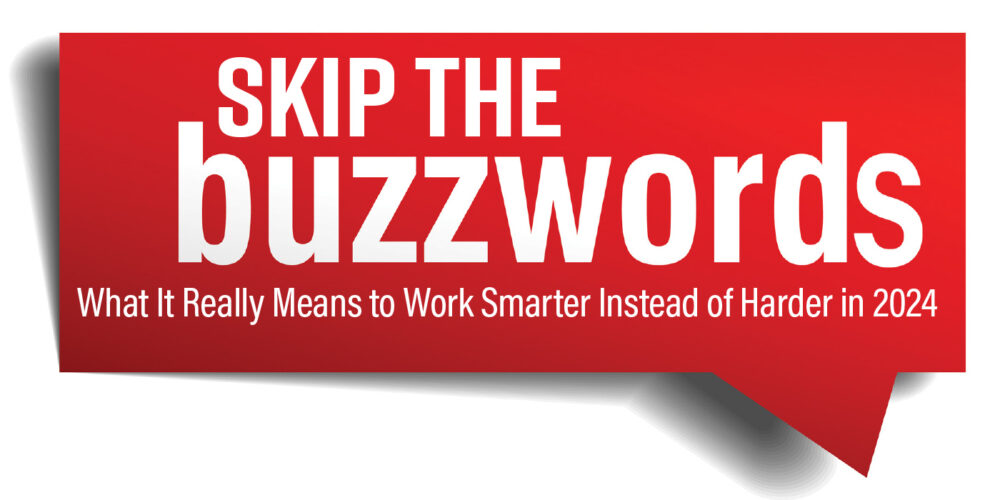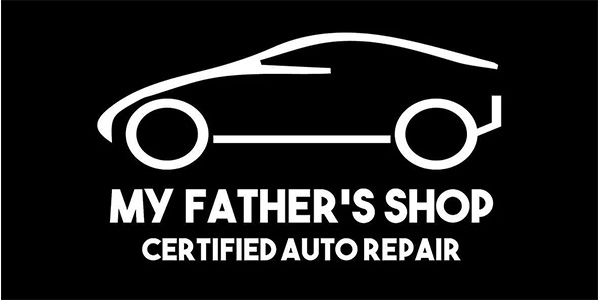A Few Simple Steps Will Give Us Life-Changing Results
A vague goal is meaningless. Without giving it shape, structure and accountability, it’s no more than just a wish — and wishes seldom become true without putting planning, effort and lots of action into them.
One of the best tools I’ve come across in creating specific, actionable goals is to think “S.M.A.R.T.” Although the concept is credited to an article written by business consultant George T. Doran in 1981, I first encountered the idea when I worked with the Saturn Corp. Because it’s such a strong concept, I’ve heard it used by several coaches, teachers and trainers over the years. It has survived over the last few decades because it’s a simple concept to grasp, but it’s the map to building better goals.
The S.M.A.R.T. concept states that goals should be:
• Specific: We should be as detailed as possible when stating our goal.
• Measurable: Our goal should be something we can quantify on a consistent basis that allows us to gauge our process.
• Achievable: Our goal should be attainable, but it should also be a stretch, so we maintain a positive pressure to perform.
• Relevant: It should be something that feeds into our daily purpose and vision.
• Timely: We want to achieve this goal in a specific time (“by next month” instead of “someday”).
Making our ideas both tangible and trackable are the core concepts of S.M.A.R.T. goals. It’s crucial to get our ideas out of our heads — where they will probably never develop into something that’s ultimately useful — and into the real world, where we can examine them, refine them and put them to work.
When we consider a S.M.A.R.T. goal, we have to think specifically about what we are trying to achieve. “Fix more cars” is a direction, but it’s not a plan. “Increase my profits 20% over the next three months over the previous three months” is a specific goal and, therefore, useful.
Now that we have a specific goal, we also have a measurable goal. If we can’t measure our progress or define our target, we’ll find ourselves floating. We’ll be unable to tell where we currently are, where it is we want to be or how far away we are from our nebulous “goal.”
In our previous example, if we are to increase our next three months’ sales 20% over the previous three months, we only have to check our total numbers for that period, add an additional 20%, and we’ve got our target. We’ll be able to tell at a glance how we’re doing and if we are putting our focus and effort to their best uses.
When we set a goal that is impossible, we’ll quickly lose focus, because we know we’ll never get there. If we have a goal of increasing our sales 300%, for example, we’ll probably be disappointed. By setting an achievable goal, we give ourselves a challenge, and when we accomplish that, we’re giving ourselves fuel for our next goal.
My Theory of 5 mentors have instructed me to set ambitious goals — setting goals that make us “comfortable” can ruin us. When we choose objectives that make us uncomfortable, it puts positive pressure on us to perform and compete. This is the “sweet spot” where we’ll keep growing and getting better and better results from our effort.
Of course, if the goal has no bearing on our lives, there’s no point of pursuing it. Our modern world is designed to distract us into wasting our time and energy caring about things that, in the end, simply don’t matter — and we only have a finite amount of each. Setting a relevant goal for ourselves gives us the desire and drive to see our goal through. By increasing the number of vehicles we sell by 20%, we’ll get a bigger paycheck, show our leaders that we care about our craft and will take the next step in our career paths.
Finally, it’s crucial to give ourselves a deadline. By making our goal timely, we know where the finish line is and how much effort and energy we’ll need to accomplish our S.M.A.R.T. goal. Giving ourselves three months to increase our profits by 20%, let’s break down how many customers — walk-ins, referrals, previous customers, people we prospected and others — we’ll need to speak with, what training we’ll need to improve and so on. Again, a deadline puts positive pressure on us. Our time is limited; it’s up to us on how we spend it.
It’s great to dream — some of our best ideas come from times when our minds wander and we picture a future we’d love to live in. When it comes time to make those dreams a reality, however, we have to roll up our sleeves and get S.M.A.R.T. about how we spend our time, effort, energy and focus. It’s the way to make our dreams a reality!














